LOS ANGELES - A judge remained undecided Friday on the treatment and placement plan for a man charged with stalking Jennifer Aniston and ramming his car into the front gate of her home.
Jimmy Wayne Carwyle, a 48-year-old from Mississippi, has pleaded not guilty to felony stalking and vandalism. But in May, Judge Maria Cavalluzzi found him not competent to stand trial after evaluations from two experts. At Friday’s hearing in a Los Angeles court dedicated to mental health cases, she heard arguments on Carwyle’s treatment and placement.
Aniston’s lawyer, Blair Berk, spoke on her behalf for the first time, detailing two years of Carwyle’s harassment and stalking, including various failed attempts to make physical contact with the actor.
Cavalluzzi said she leaned toward sending Carwyle to a mental health treatment alternative to imprisonment. She requested another hearing, scheduled for later this month, to hear from a mental health professional before making a final decision.
Prosecutors and Aniston’s attorney will have a chance to weigh in, Cavalluzzi said.
The judge acknowledged Aniston’s “very real” fear, but she said she can’t ignore the opinions of mental health professionals who have evaluated Carwyle and deemed him not a danger to society. The alternative treatment option offers community-based housing, treatment and support services as opposed to incarceration.
Harassment started two years ago, prosecutors say
Prosecutors alleged Carwyle had been harassing the “Friends” star with a flood of voicemail, email and social media messages for two years before driving his Chrysler PT Cruiser through the gate of her home in the wealthy Bel Air neighborhood of Los Angeles on May 5, “only feet away from where she was,” Berk said.
Carwyle had a stated and “persistent delusion” to impregnate Aniston with three children, Berk said, and “there is simply no way to prevent him from carrying out his delusion if he walks out.”
The prosecution expressed concern that if Carwyle were offered the treatment in Los Angeles, nothing would stop him “from travelling those few miles to Ms. Aniston,” Berk said.
Berk and William Donovan, the deputy district attorney, argued Carwyle was a present danger to Aniston and those around her. Berk said he attempted to enter her property twice, but was turned away.
Carwyle’s lawyer, Robert Krauss, said his client qualifies for alternative treatment, arguing that he hasn’t been convicted of violent crimes. Granting him alternative treatment, “is not like giving him a break or showing him leniency,” Krauss said. “Its just one thing and one thing only -- and that is absolute, pure faithfulness of the law.”
Krauss also referenced a report from the probation department, which recommended Carwyle be granted probation and 90 days in jail if convicted, much less than the over three years maximum sentence for his two charges. Carwyle has been in jail since May and, if convicted, could be let out with time served.
Suspect says he won’t walk away from treatment
Carwyle was present at the hearing and addressed questions from Cavalluzzi, saying he “wasn’t right in the head,” when asked about the text messages he sent Aniston. He said he has been taking medication, which is keeping him focused, and admitted his wrongdoing.
When Cavalluzzi asked how she can be sure he won’t walk away from the treatment program -- a stated concern from the prosecution -- Carwyle responded, “You have my word.”
Berk said Carwyle “travelled thousands of miles over a year ago “after sending thousands of messages” that reflected “his delusions and intentions to not just make contact with Ms. Aniston, but to commit criminal wrongs against her, sexual violence against her.” She added that Carwyle stressed in his messaging that he “would be unabated by doctors or others or FBI intervening.”
Donovan argued that a state hospital is a “much safer, much more effective place for him to go,” and will offer the treatment Carwyle needs to address his delusions. The prosecution also argued there’s no evidence that Carwyle’s delusions toward Aniston have stopped, even with medication.
Carwyle has been under involuntary medication for the past few months. Krauss said that Carwyle’s actions toward Aniston were “just the product of psychosis from someone who is unmedicated.” The government must keep its “promise of treatment rather than punishment and of rehabilitation rather than incarceration,” he said.
The hearing was postponed several times in recent months as Carwyle at first objected to the incompetence finding and asked for an opinion, and both sides sought more time to examine the case.
Carwyle remains jailed, but he is under a judge’s order not to contact or get near Aniston.
Authorities said Aniston was home at the time of the gate crash, but he did not come into contact with her. A security guard stopped him in her driveway until police arrived. No one was injured.
Carwyle also faces an aggravating circumstance of the threat of great bodily harm.
Aniston became one of the biggest stars in television in her 10 years on NBC’s “Friends.” She won an Emmy Award for best lead actress in a comedy for the role, and she has been nominated for nine more. She currently stars in “The Morning Show” on Apple TV+.
---
Itzel Luna, The Associated Press


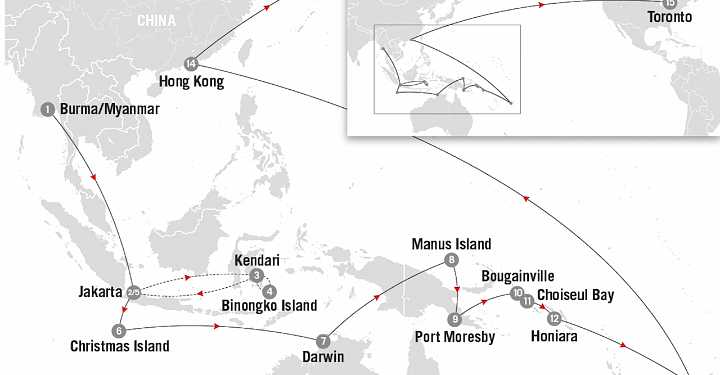



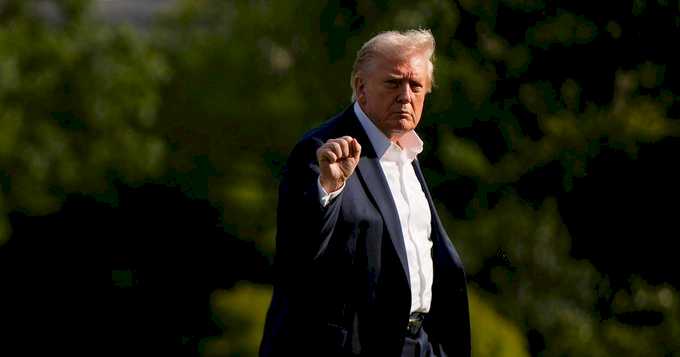
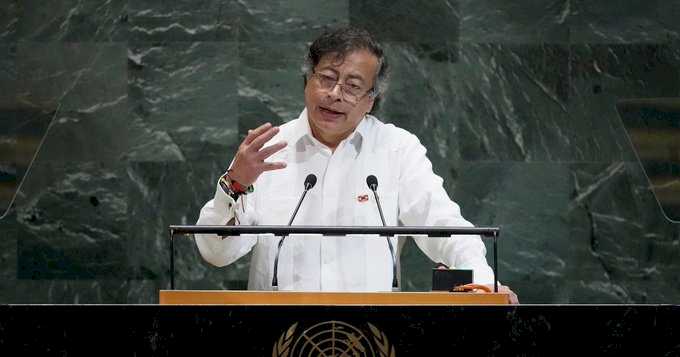

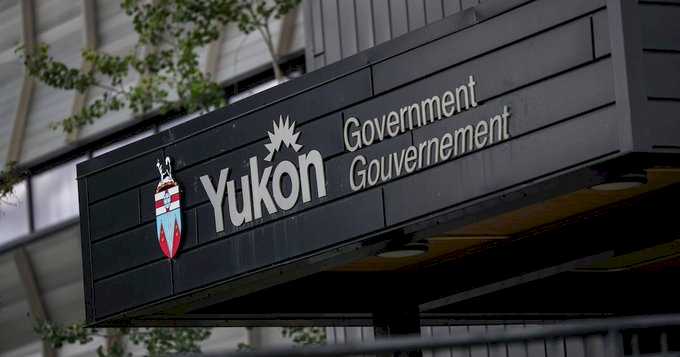

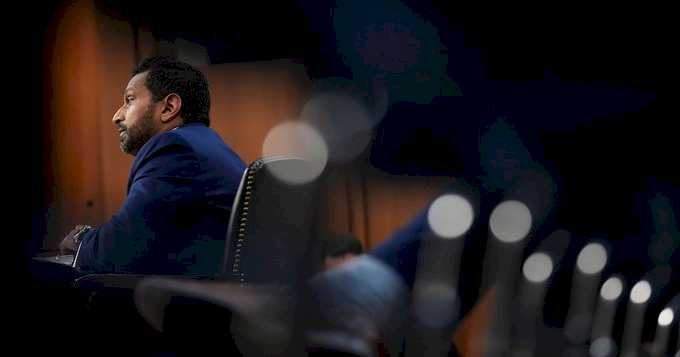
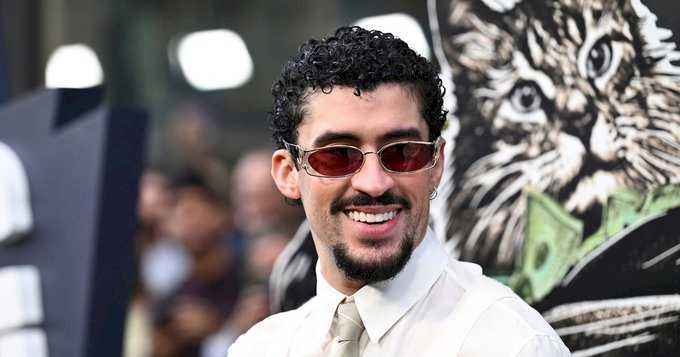




Global News on Umojja.com